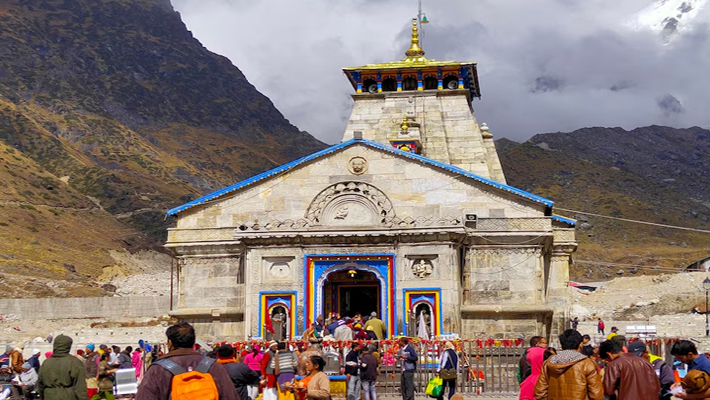
The railways have for long been considered the arteries of modern civilization, linking far-flung regions, powering economies, and transforming travel. Yet, beyond the rhythm of the trains on steel tracks over continents, there's an engineering marvel that occasionally receives due attention: railway bridges soaring high above deep gorges, rivers, and broad valleys.
These bridge construction projects are more than plain connectivity facilitators; indeed, they remain awe-inspiring structures that stand tall as symbols of human ingenuity and ambition. On June 6, 2025, Prime Minister Narendra Modi inaugurated the Chenab Bridge, the world's tallest railway arch bridge, marking the historic completion of the 272-km Udhampur-Srinagar-Baramulla Rail Link (USBRL), a 42-year-old dream now linking the Kashmir Valley with the rest of India.
Engineering marvels, these railway bridges rise hundreds of meters into the sky in some of the remotest and most unforgiving terrains on Earth, affronting gravity and the elements. They were built to withstand earthquakes, hurricanes, and the perfect blend of architectural beauty and structural strength-redefining what can be done with steel, concrete, and human vision.
In this article, we explore the top 10 tallest railway bridges in the world as of 2025, monumental structures that combine bold ambition with breathtaking beauty.
1. Chenab Bridge, India
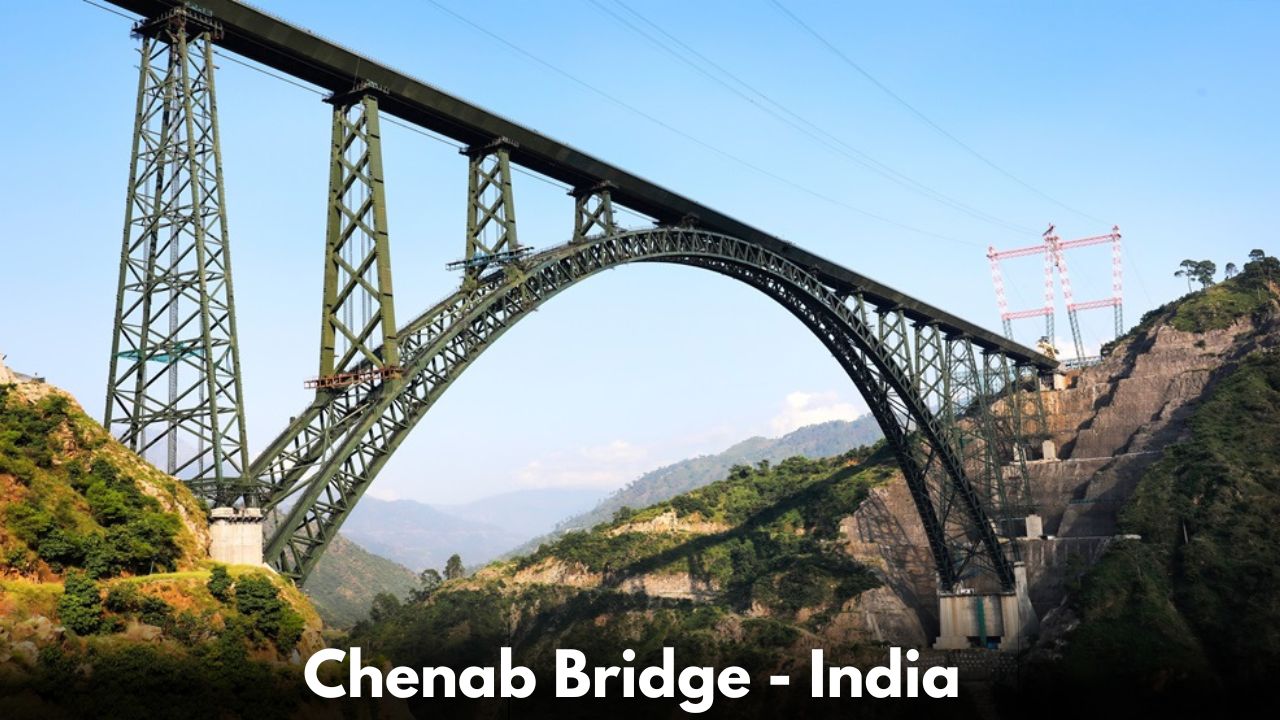
Being the highest railway bridge in the world, the Chenab Bridge stands out as an icon of Indian engineering and a landmark achievement in railway infrastructure development. This arch bridge beholds a deep gorge of the Chenab River in the Himalayas, offering a stature much superior to that of the Eiffel Tower.
With a length of 1,315 meters and an arch span of 467 meters, the bridge was made from 25,000 metric tons of steel and concrete. It stands in one of the most challenging terrains in the world, with pride and strength-in-innovation-because it is capable of withstanding wind speeds of 266 km/hr and seismic velocity.
Height: 359 meters (1,178 feet) above the riverbed
Location: Jammu & Kashmir, India
2. Daduhe Railway Bridge, China
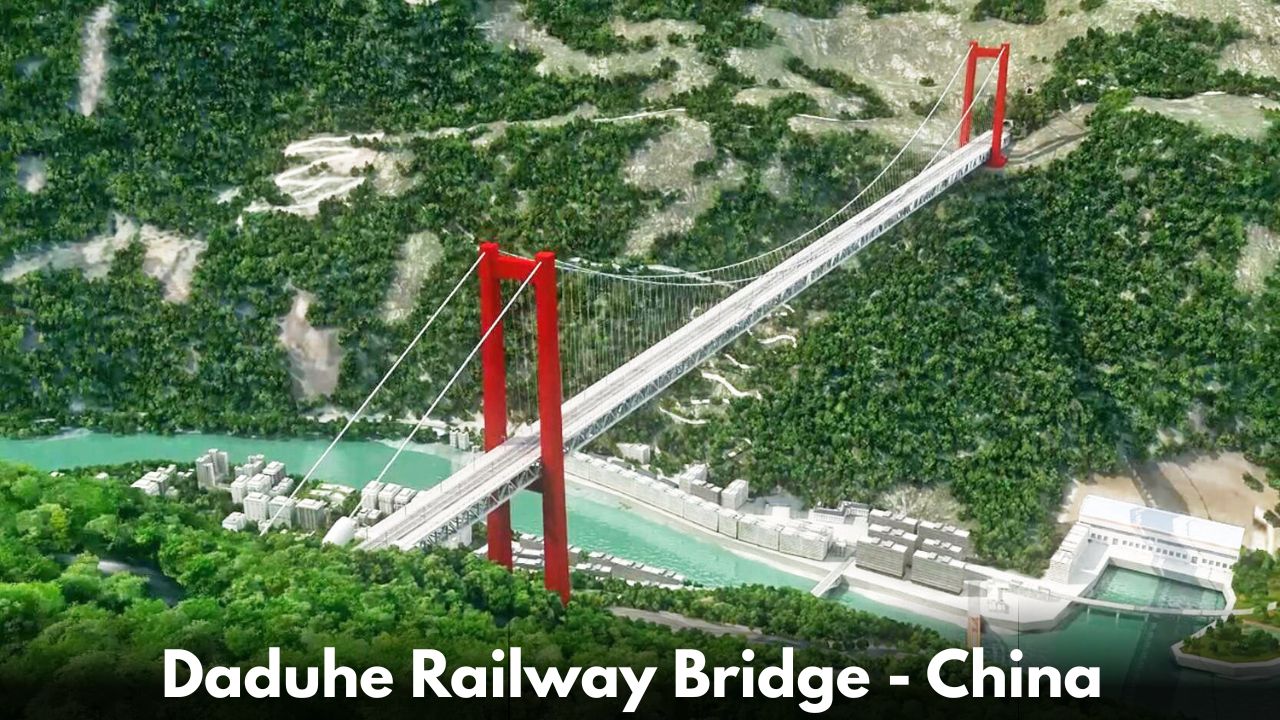
The Daduhe Railway Bridge is one of the highest in the world, forming a critical link on the eastern stretch of the ambitious 1,000-kilometer Sichuan-Tibet Railway. Soaring 380 meters above the Dadu River, it stands as one of the most impressive civil engineering projects in modern railway history, and marks the first major river crossing along this mountainous route.
Designed to conquer extreme altitudes and complex terrain, the bridge showcases China’s engineering prowess. Its steel truss-arch structure provides both durability and stability, making it a vital infrastructure element in connecting remote Tibetan regions with mainland China.
Height: 380 meters (1,247 feet) above the riverbed
Location: Luding, Sichuan Province, China
3. Najiehe Railway Bridge, China

The Najiehe Railway Bridge is one of the tallest railway bridges in the world, rising 310 meters above a deep valley in Guizhou Province. This steel arch bridge is part of China’s rapid high-speed rail expansion and showcases advanced design and bridge engineering services tailored to mountainous terrain.
With an impressive arch span supporting both freight and passenger trains, it plays a crucial role in boosting connectivity in southwestern China. The bridge’s robust structure is engineered to withstand seismic forces and heavy rail traffic in a challenging topographical setting.
Also Read: Top 10 Underrated Village Cultures in Rural India
Height: 310 meters (1,017 feet) above the riverbed
Location: Guizhou Province, China
4. Mala Rijeka Viaduct, Montenegro
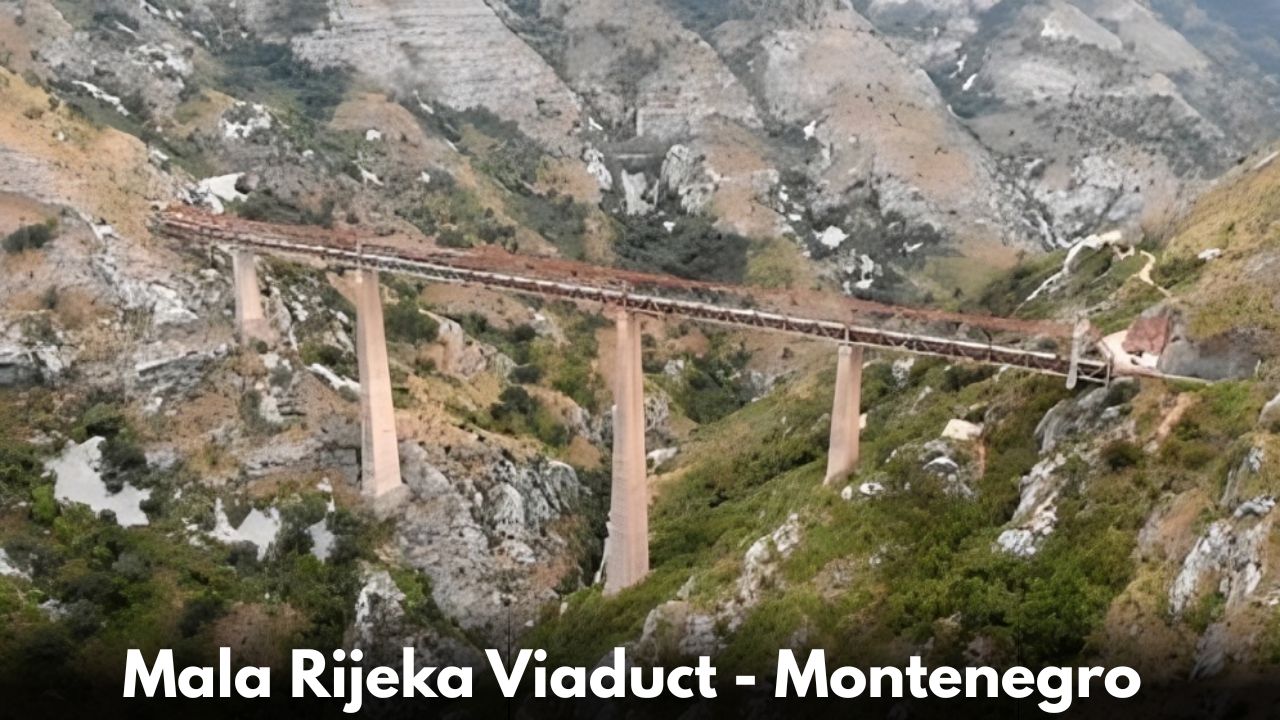
The Mala Rijeka Viaduct is the tallest railway bridge in Europe and an iconic structure on the Belgrade - Bar railway line. Completed in 1973, this steel support bridge spans a deep gorge over the Mala Rijeka River, rising 198 meters above the canyon floor. It held the world record for the tallest railway bridge for nearly three decades and remains a remarkable achievement in railway bridge design. Built during the Yugoslav era, it reflects the advanced structural engineering services of its time and continues to support freight and passenger rail traffic across Montenegro's mountainous terrain.
Height: 198 meters (650 feet) above the riverbed
Location: Mala Rijeka Canyon, Montenegro
5. Gokteik Viaduct, Myanmar
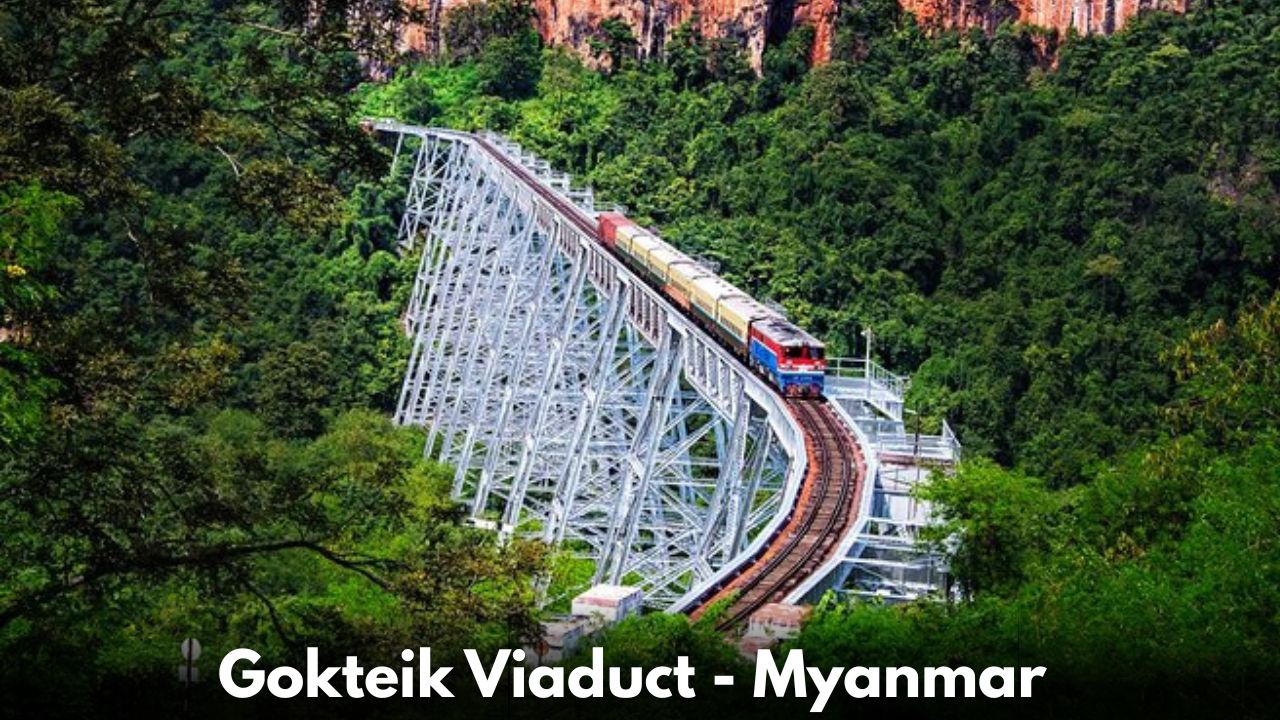
The Gokteik Viaduct is one of Southeast Asia’s most remarkable railway bridges and a historic engineering marvel. Completed in 1900 during British colonial rule, the bridge spans a deep gorge in the Shan Hills and was once the second-highest railway bridge in the world.
Supported by towering steel trestles, it stretches across rugged terrain, showcasing early 20th-century ingenuity and design. Despite its age, the viaduct remains operational, carrying trains between Mandalay and Lashio, and is a popular attraction for travelers fascinated by historic infrastructure.
Height: 102 meters (335 feet) above the gorge
Location: Shan State, Myanmar
6. Landwasser Viaduct, Switzerland
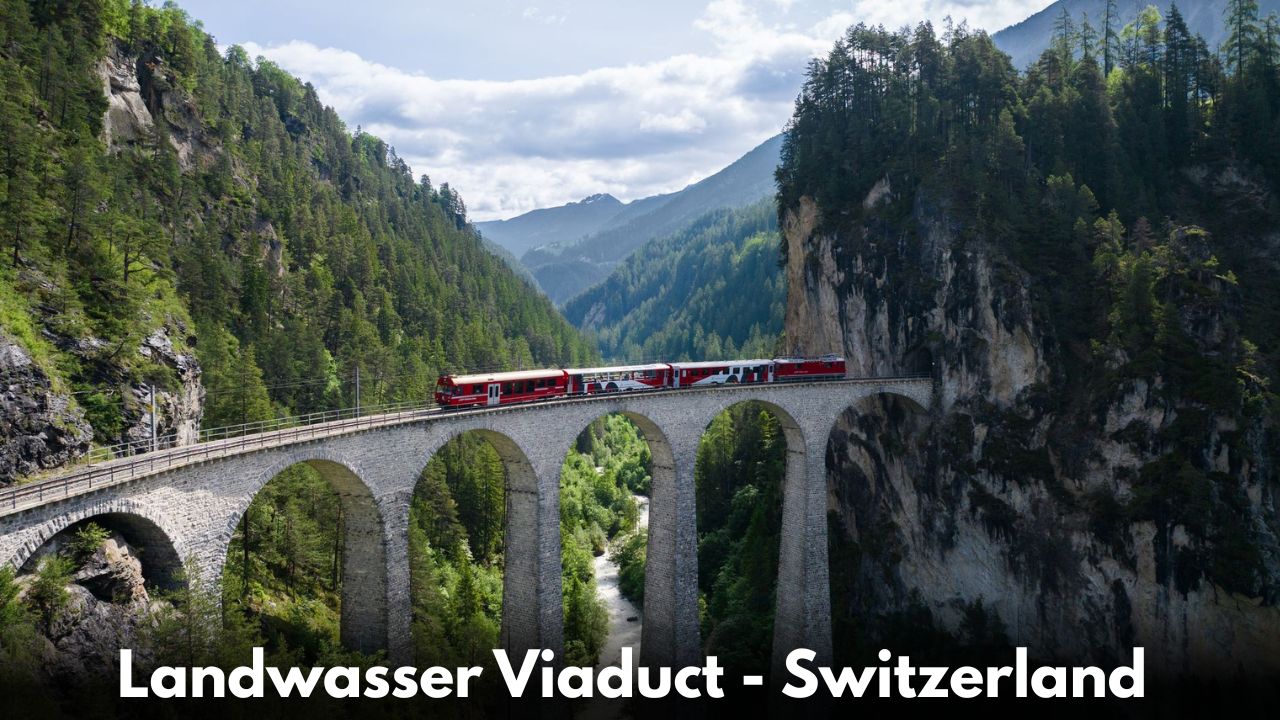
The Landwasser Viaduct is a stunning limestone railway bridge and a highlight of Switzerland’s Albula Railway. Completed in 1902, the six-arched structure stands 65 meters high and dramatically curves into a cliffside tunnel, creating one of the most iconic images in railway travel. It is part of a UNESCO World Heritage Site and continues to carry the famous Glacier Express through the Swiss Alps.
A masterpiece of early railway engineering, the viaduct blends seamlessly into the alpine landscape and reflects precision, stability, and elegance in railway bridge design.
Height: 65 meters (213 feet) above the valley
Location: Graubünden, Switzerland
7. Lethbridge Viaduct, Canada
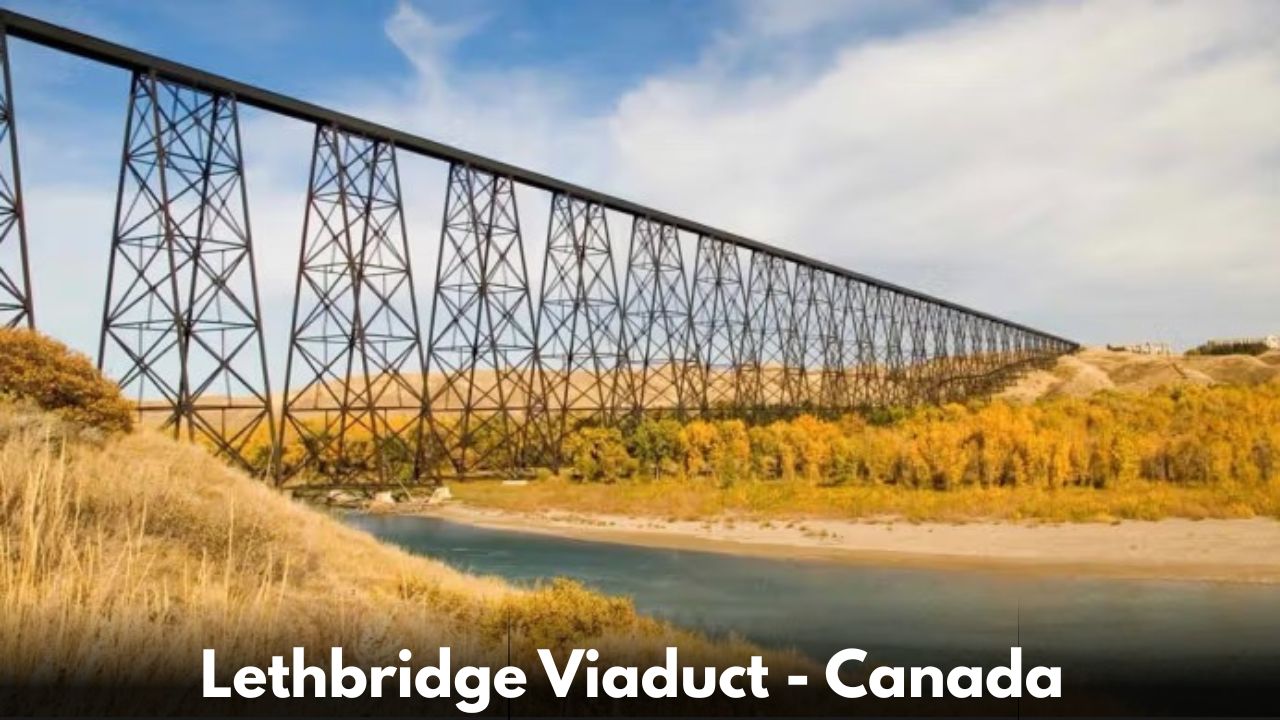
The Lethbridge Viaduct, also known as the High-Level Bridge, is the largest steel trestle railway bridge in the world. Completed in 1909, it stretches across the Oldman River Valley in Alberta and rises 96 meters above the riverbed. Built by the Canadian Pacific Railway, the bridge was a monumental achievement in early 20th-century engineering, constructed without the aid of modern machinery.
Its durable design and structural integrity have allowed it to remain fully operational for over a century, serving as a vital rail link and symbol of Canadian engineering prowess.
Also Read: Top 5 Relaxing Summer Hotspots in India
Height: 96 meters (314 feet) above the riverbed
Location: Alberta, Canada
8. Glenfinnan Viaduct, Scotland

The Glenfinnan Viaduct is one of Scotland’s most iconic railway bridges, renowned for its graceful curve and cinematic fame. Completed in 1901, this concrete viaduct features 21 arches and rises 30 meters above the River Finnan in the Scottish Highlands. It carries the West Highland Line and offers spectacular views of Loch Shiel and the surrounding landscapes.
Made famous by its appearance in the Harry Potter films, the viaduct blends historical engineering with cultural significance, showcasing early concrete railway bridge design that remains structurally sound and visually captivating.
Height: 30 meters (100 feet) above the valley
Location: Inverness-shire, Scotland
9. Rendsburg High Bridge, Germany
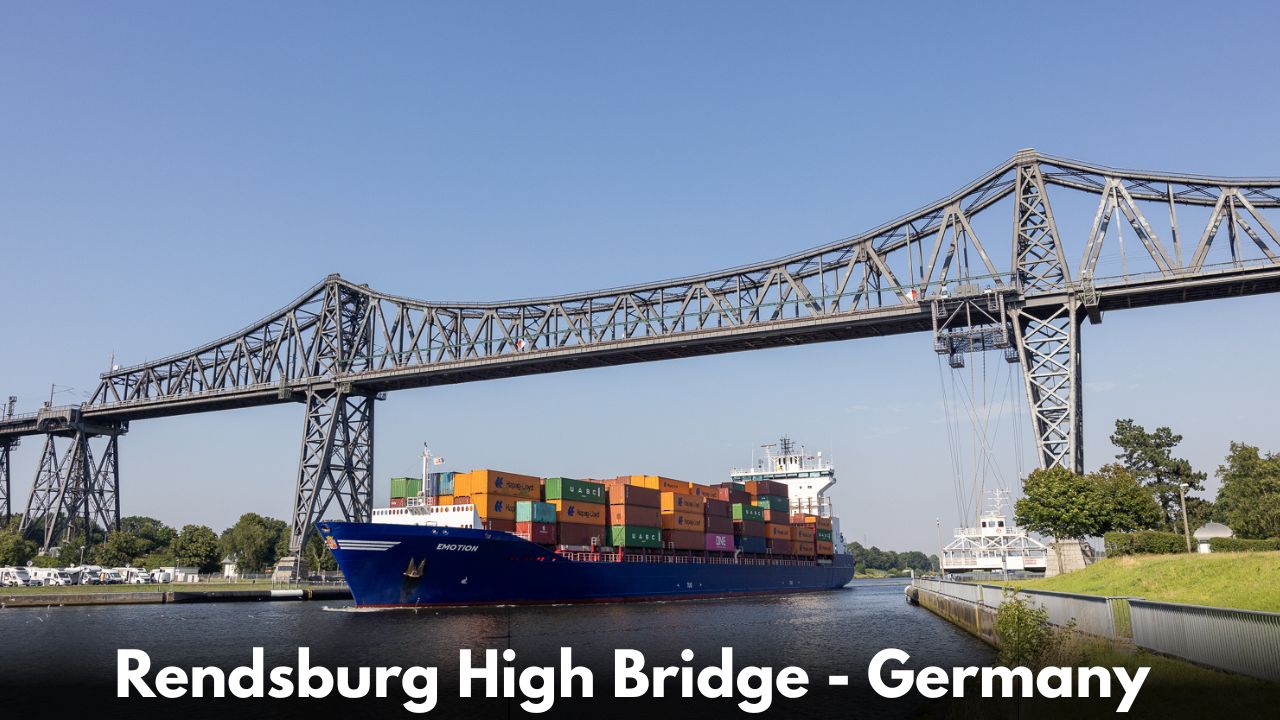
The Rendsburg High Bridge is a remarkable railway bridge in northern Germany, completed in 1913 to span the Kiel Canal. Standing 42 meters high, this steel structure features a unique circular loop ramp that allows trains to gradually ascend or descend, connecting the high-level track with the Rendsburg station below. It also includes a rare suspended transporter gondola for vehicles and pedestrians, making it multifunctional.
A classic example of innovative early 20th-century railway bridge design, the bridge remains operational and continues to serve as a vital and iconic transport link.
Height: 42 meters (138 feet) above the canal
Location: Schleswig-Holstein, Germany
10. Fades Viaduct, France
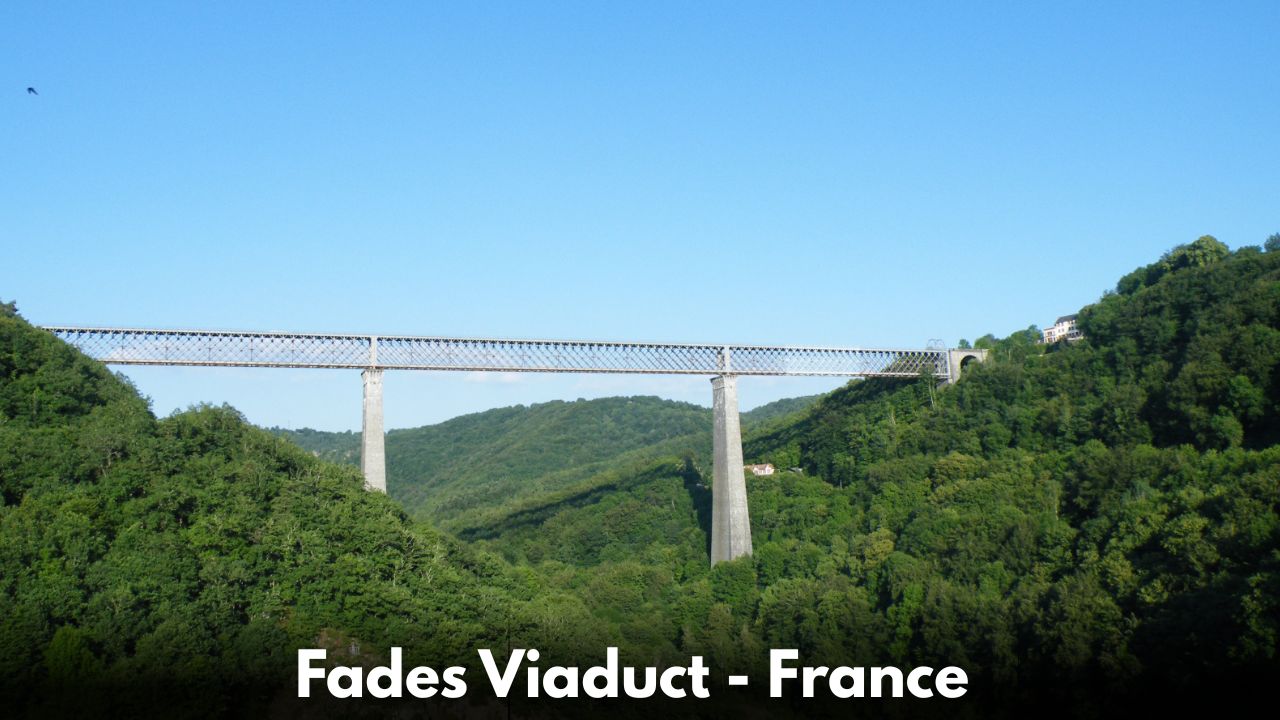
The Fades Viaduct, once the tallest railway bridge in the world, is a striking example of early 20th-century engineering in France. Completed in 1909, the steel truss bridge stands 132.5 meters above the Sioule River and stretches across a deep valley in the Puy-de-Dôme region.
Designed to connect remote areas in central France, it played a vital role in regional development. Though rail services ceased in 2007, the viaduct remains an iconic landmark, showcasing the ambition and precision of historic railway bridge design that still inspires engineers and historians alike.
Height: 132.5 meters (435 feet) above the river
Location: Puy-de-Dôme, France
In conclusion, from the towering Chenab Bridge in India to the historic Fades Viaduct in France, the world’s tallest railway bridges are extraordinary symbols of human achievement. Built across some of the most daunting landscapes, these structures are among the world's tallest bridges, representing the pinnacle of engineering, vision, and resilience. As railways continue to evolve, these gravity-defying marvels will not only serve as vital connectors but also as timeless reminders of how ambition, technology, and ingenuity can overcome even the most formidable natural challenges.




